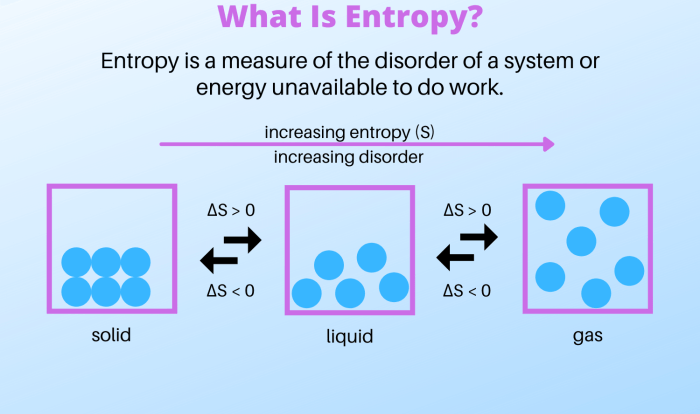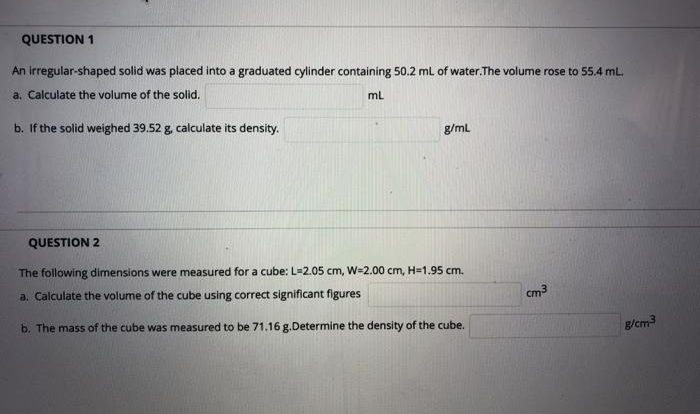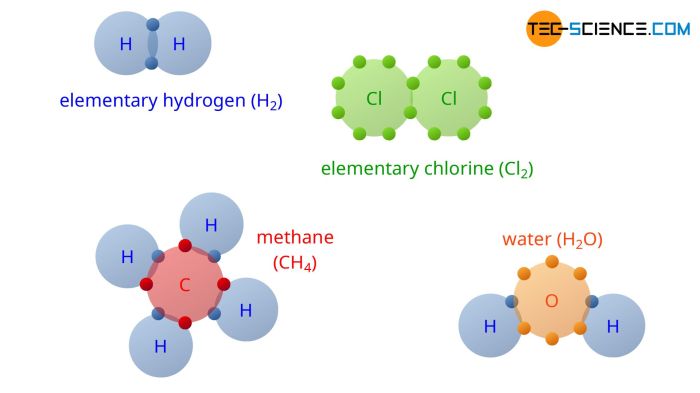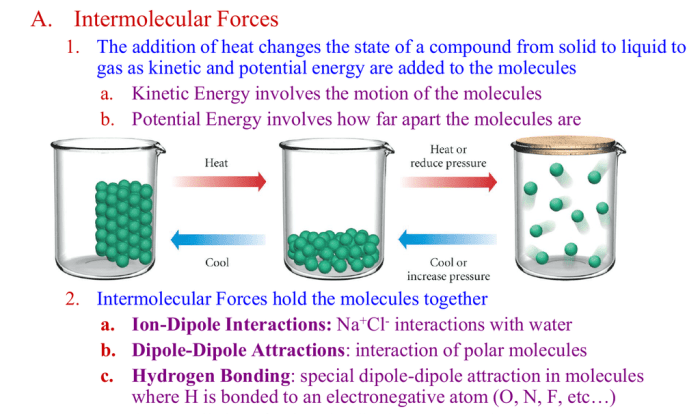Chang Chemistry 14th Edition PDF is an indispensable resource for chemistry students seeking a comprehensive and engaging learning experience. Designed for students of all levels, this textbook provides a clear and concise exploration of the fundamental principles of chemistry, fostering a deep understanding of the subject.
With its student-centered approach, Chang Chemistry 14th Edition PDF effectively guides learners through complex concepts, making chemistry accessible and enjoyable. The textbook’s well-organized structure, interactive exercises, and real-world applications ensure a thorough and practical understanding of the subject.
Introduction
Chang Chemistry 14th Edition is an authoritative and comprehensive resource for students studying chemistry at the introductory level. It is a well-established textbook that provides a thorough understanding of the fundamental concepts and principles of chemistry. The book is designed to meet the needs of students with diverse backgrounds and learning objectives, ranging from those pursuing chemistry as a major to those taking it as a general education requirement.
Target Audience and Learning Objectives
The primary target audience of Chang Chemistry 14th Edition is undergraduate students enrolled in introductory chemistry courses. The book is particularly suitable for students who are majoring in chemistry, biochemistry, biology, pre-medicine, and other science-related fields. It aims to provide students with a solid foundation in chemistry and equip them with the knowledge and skills necessary for success in their subsequent studies and careers.
The book’s learning objectives include:
- Developing a strong understanding of the fundamental concepts and principles of chemistry.
- Acquiring the ability to apply chemical knowledge to solve problems and make predictions.
- Developing critical thinking and analytical skills.
- Gaining an appreciation for the role of chemistry in the real world.
- Preparing students for further studies in chemistry and related fields.
Chapter Organization and Content
The textbook is organized into 20 chapters, each covering a specific aspect of chemistry. The chapters are arranged in a logical sequence, building upon concepts introduced in previous chapters.The key concepts covered in each chapter include:
Chapter 1: Matter and Measurement
- The nature of matter
- Physical and chemical properties
- Measurement and units
Chapter 2: Atoms, Molecules, and Ions
- The structure of atoms
- The periodic table
- Chemical bonding
Chapter 3: Stoichiometry
- Chemical reactions
- Balancing chemical equations
- Stoichiometric calculations
Chapter 4: States of Matter
- The three states of matter
- Phase changes
- Intermolecular forces
Chapter 5: Solutions
- Types of solutions
- Solution concentration
- Colligative properties
Chapter 6: Acids and Bases
- The pH scale
- Strong and weak acids and bases
- Acid-base reactions
Chapter 7: Chemical Equilibrium
- The concept of equilibrium
- The equilibrium constant
- Le Chatelier’s principle
Chapter 8: Oxidation-Reduction Reactions
- The oxidation-reduction process
- Balancing redox equations
- Electrochemistry
Chapter 9: Nuclear Chemistry
- Radioactivity
- Nuclear reactions
- Applications of nuclear chemistry
Chapter 10: Organic Chemistry
- The structure and bonding of organic molecules
- Organic reactions
- Biomolecules
Chapter 11: Biochemistry, Chang chemistry 14th edition pdf
- The chemistry of life
- Enzymes
- Metabolism
Chapter 12: Chemistry of the Environment
- Air pollution
- Water pollution
- Soil pollution
Chapter 13: Materials Chemistry
- Types of materials
- Properties of materials
- Applications of materials
Chapter 14: Energy and Chemistry
- The first law of thermodynamics
- The second law of thermodynamics
- Energy sources
Chapter 15: Chemical Kinetics
- Reaction rates
- Rate laws
- Activation energy
Chapter 16: Electrochemistry
- Electrochemical cells
- Electrolysis
- Batteries
Chapter 17: Transition Metals
- Properties of transition metals
- Coordination complexes
- Applications of transition metals
Chapter 18: Main Group Elements
- Properties of main group elements
- Compounds of main group elements
- Applications of main group elements
Chapter 19: Nuclear Chemistry
- Radioactivity
- Nuclear reactions
- Applications of nuclear chemistry
Chapter 20: Organic Chemistry
- The structure and bonding of organic molecules
- Organic reactions
- Biomolecules
Learning Features and Pedagogical Approach
The 14th edition of Chang Chemistry employs a student-centered pedagogical approach that prioritizes active learning and engagement. It fosters critical thinking and problem-solving skills through a variety of interactive exercises, visual aids, and assessment tools.
The textbook’s pedagogical approach emphasizes the importance of visualization in understanding chemical concepts. It incorporates numerous diagrams, charts, and animations to illustrate complex processes and relationships, making them more accessible to students.
Interactive Exercises and Simulations
Chang Chemistry 14th edition includes a wide range of interactive exercises and simulations that allow students to engage with the material in a hands-on manner. These exercises provide opportunities for students to test their understanding, receive immediate feedback, and reinforce their learning.
- Concept Checks: Short quizzes that assess students’ understanding of key concepts at the end of each section.
- Interactive Simulations: Simulations that allow students to visualize and manipulate chemical processes, such as molecular dynamics and chemical reactions.
- Problem-Solving Exercises: Step-by-step exercises that guide students through the problem-solving process, providing scaffolding and support.
Assessment Tools
The textbook also provides a comprehensive suite of assessment tools to help students track their progress and identify areas for improvement.
- Chapter Quizzes: Quizzes at the end of each chapter that test students’ understanding of the material covered.
- Midterm and Final Exams: Practice exams that simulate the format and difficulty of actual exams.
- Online Homework System: An online homework system that provides students with immediate feedback on their assignments and helps them identify areas where they need additional support.
Applications and Real-World Connections
The textbook emphasizes the practical applications of chemistry, connecting concepts to real-world scenarios and fostering a deep understanding of how chemistry impacts our daily lives.
Through case studies, experiments, and problem-solving exercises, students are encouraged to explore the relevance of chemistry in various fields, including medicine, environmental science, materials science, and energy.
Case Studies
- The textbook presents case studies that delve into specific chemical processes and their applications in real-world settings. For example, one case study examines the development of new drug therapies based on an understanding of enzyme kinetics.
- Another case study explores the role of green chemistry in reducing environmental pollution, showcasing the design and synthesis of eco-friendly materials.
Experiments
- The textbook includes hands-on experiments that allow students to experience firsthand the practical applications of chemistry. These experiments cover a wide range of topics, such as the synthesis of aspirin, the determination of the purity of water samples, and the investigation of chemical reactions using spectroscopy.
Problem-Solving Scenarios
- The textbook poses problem-solving scenarios that challenge students to apply their knowledge of chemistry to real-world situations. These scenarios often involve complex problems that require students to integrate concepts from multiple chapters.
- For instance, one problem-solving scenario asks students to design a system for removing pollutants from wastewater, taking into account factors such as chemical reactions, equilibrium, and environmental regulations.
Resources and Support
In addition to the textbook, instructors and students have access to a variety of resources to support teaching and enhance learning.
Instructors have access to an instructor’s manual, which provides detailed lesson plans, suggested activities, and assessment tools. There is also a test bank with multiple-choice, short answer, and essay questions that can be used to assess student learning.
Online Platforms
Students can access a variety of online resources, including an interactive e-book, practice problems, and tutorials. These resources can be used to reinforce concepts learned in class and to prepare for exams.
Design and Presentation: Chang Chemistry 14th Edition Pdf
Chang Chemistry 14th Edition presents a modern and visually appealing design that enhances the readability and user experience of the book.
The textbook employs a clear and consistent typography throughout, with well-defined headings, subheadings, and body text. The use of color is purposeful, with different shades and hues employed to highlight important concepts, figures, and tables.
Layout
The layout of the book is organized and user-friendly. The text is divided into logical sections and chapters, with clear transitions between topics. Each chapter begins with a brief overview and learning objectives, providing students with a roadmap for the material to come.
The book incorporates ample white space, which helps to reduce visual clutter and improve readability. The use of margins, indents, and bullet points further enhances the organization and clarity of the text.
Comparison with Other Chemistry Textbooks
Chang Chemistry 14th Edition stands out among popular chemistry textbooks due to its comprehensive content, innovative pedagogy, and visually appealing design. Compared to other textbooks, Chang Chemistry offers a unique blend of depth and accessibility, catering to diverse learning styles and levels of prior knowledge.
Content and Coverage
Chang Chemistry 14th Edition boasts a comprehensive coverage of core chemistry concepts, including atomic structure, chemical bonding, thermodynamics, kinetics, and equilibrium. Its detailed explanations and ample examples make complex topics understandable, while its up-to-date content reflects the latest advancements in the field.
In contrast, some other textbooks may sacrifice depth for breadth, covering a wider range of topics but with less detail. Chang Chemistry, on the other hand, strikes a balance, providing thorough explanations without overwhelming students with excessive information.
Pedagogical Approach
Chang Chemistry 14th Edition employs a student-centered pedagogical approach that promotes active learning and engagement. Its clear and concise writing style, along with the inclusion of numerous worked examples and practice exercises, facilitates understanding and retention.
Other textbooks may adopt a more traditional lecture-style approach, relying heavily on text-based explanations. Chang Chemistry, however, encourages students to actively participate in the learning process through interactive elements and problem-solving activities.
Design and Presentation
Chang Chemistry 14th Edition features a visually appealing and well-organized design that enhances readability and comprehension. Its full-color illustrations, diagrams, and tables provide a clear representation of complex concepts.
Compared to some other textbooks that may have a more cluttered or text-heavy appearance, Chang Chemistry presents information in a visually engaging and accessible manner. Its use of color-coding, highlighted key terms, and margin notes further enhances the learning experience.
Answers to Common Questions
What is the target audience for Chang Chemistry 14th Edition PDF?
Chang Chemistry 14th Edition PDF is designed for chemistry students of all levels, from introductory to advanced courses.
What are the key features of Chang Chemistry 14th Edition PDF?
Chang Chemistry 14th Edition PDF features a student-centered approach, interactive exercises, real-world applications, and a well-organized structure.
How can Chang Chemistry 14th Edition PDF enhance student learning?
Chang Chemistry 14th Edition PDF enhances student learning through its clear explanations, interactive features, and real-world applications, which foster a deep understanding of chemistry.




